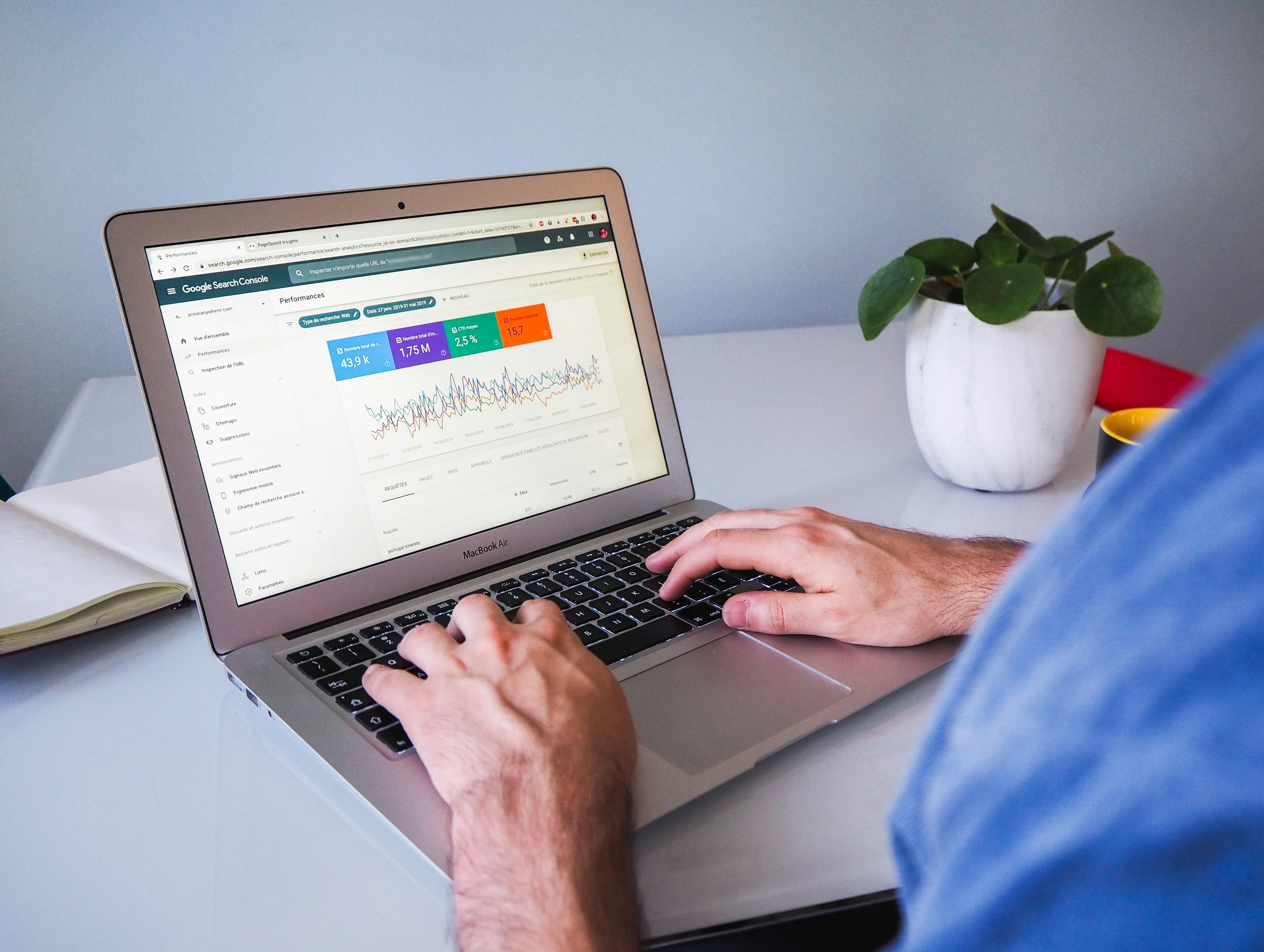In the ever-evolving world of digital marketing, every web page on your site plays a crucial role in driving traffic, generating leads, and improving your brand visibility. SEO page analysis is the process of evaluating individual pages to ensure they meet seo page analysis search engine optimization best practices. It’s an essential step for identifying performance gaps, strengthening on-page elements, and boosting rankings across search engines like Google, Bing, and Yahoo.
What Is SEO Page Analysis?
SEO page analysis is a detailed review of a web page’s structure, content, and technical elements to determine how effectively it is optimized for search engines and users. It focuses on assessing everything from keyword usage and meta tags to loading speed and mobile performance.
In simple terms, it helps you understand what’s working, what’s missing, and how to improve your page to attract more organic traffic and deliver a better user experience.
Core Components of SEO Page Analysis
A successful SEO page analysis examines several key factors that influence visibility and ranking. Below are the most important components to consider:
1. Keyword Optimization
Keywords are the foundation of search visibility. Analyzing how effectively your page uses them is vital.
-
Is the primary keyword included in the title, H1 heading, URL, and first 100 words of the content?
-
Are secondary and semantic keywords used naturally throughout the text?
-
Is there a good balance between keyword usage and readability?
Overusing keywords (keyword stuffing) can hurt your SEO, while strategic placement improves relevance.
2. Meta Tags Review
Meta tags help search engines understand your page and influence how it appears in search results.
-
Title Tag: Should be unique, under 60 characters, and include the target keyword.
-
Meta Description: Should summarize the page content in 150–160 characters, encouraging clicks.
A well-crafted meta title and description not only boost SEO but also improve your click-through rate (CTR).
3. Content Quality and Relevance
High-quality, original content remains the heart of any well-optimized page. A page analysis checks:
-
Whether the content is unique, informative, and user-focused.
-
The presence of clear headings (H2, H3) and well-structured paragraphs.
-
Use of engaging elements such as images, videos, and infographics.
-
The inclusion of internal and external links that add value.
Search engines favor content that answers user queries clearly and comprehensively.
4. URL Structure
A clean and descriptive URL helps both users and search engines understand the page topic.
✅ www.example.com/seo-page-analysis
❌ www.example.com/page?id=5832
SEO page analysis ensures URLs are short, keyword-rich, and properly formatted.
5. Internal and External Linking
Links are critical for navigation and authority building.
-
Internal links connect related content, helping users explore your site.
-
External links to credible sources enhance trust and contextual relevance.
A good analysis checks for broken links and seo agency ensures anchor texts are meaningful and relevant.
6. Image Optimization
Images improve engagement but can slow down a page if not optimized. Your page analysis should confirm:
-
All images include alt text with relevant keywords.
-
File sizes are optimized for faster loading.
-
Image filenames are descriptive (e.g., seo-analysis-chart.jpg instead of IMG1234.jpg).
Proper image optimization contributes to both SEO performance and accessibility.
7. Mobile-Friendliness
With Google’s mobile-first indexing, mobile optimization is now a necessity.
An SEO page analysis tests whether your page:
-
Displays properly on mobile devices.
-
Has responsive design elements.
-
Loads quickly and offers smooth navigation on smaller screens.
8. Page Speed Performance
Speed is a critical ranking factor and directly affects user experience.
A slow-loading page can lead to higher bounce rates. Use tools like Google PageSpeed Insights or GTmetrix to identify issues related to image size, caching, or code bloat.
Improving load time can significantly enhance both SEO and user satisfaction.
9. Technical SEO Checks
A thorough SEO page analysis also looks at technical elements such as:
-
Proper use of canonical tags to avoid duplicate content.
-
Presence of a valid robots.txt directive and XML sitemap.
-
Correct implementation of schema markup for rich results.
-
HTTPS security for user trust and ranking improvement.
10. User Experience (UX)
Search engines prioritize pages that offer great usability.
An effective page analysis measures:
-
Ease of navigation and logical structure.
-
Visual balance, spacing, and readability.
-
Accessibility for all users, including those with disabilities.
A smooth and enjoyable user experience helps increase dwell time and engagement — two signals that positively affect SEO.
Benefits of Performing SEO Page Analysis
Conducting regular SEO page analyses delivers several powerful benefits:
-
Improved search visibility by identifying optimization opportunities.
-
Higher engagement rates through better content and UX.
-
Faster page performance leading to reduced bounce rates.
-
Stronger keyword targeting and better ranking potential.
-
Increased conversions from enhanced user journeys.
Tools for SEO Page Analysis
Here are some trusted tools to help you analyze your pages effectively:
-
Google Search Console – for performance metrics and indexing issues.
-
Ahrefs or SEMrush – for keyword and backlink analysis.
-
Screaming Frog SEO Spider – for detailed technical audits.
-
Yoast SEO (WordPress plugin) – for real-time on-page optimization tips.
-
GTmetrix and Google PageSpeed Insights – for speed and performance analysis.
Conclusion
SEO page analysis is the backbone of a strong search strategy. By evaluating every on-page element — from keywords and content to speed and UX — you ensure that each page performs at its best. Regular analysis helps maintain consistency, improve rankings, and create a better experience for your audience.
In a digital world where visibility equals opportunity, conducting a thorough SEO page analysis is not just a best practice — it’s a necessity for sustained online growth.



